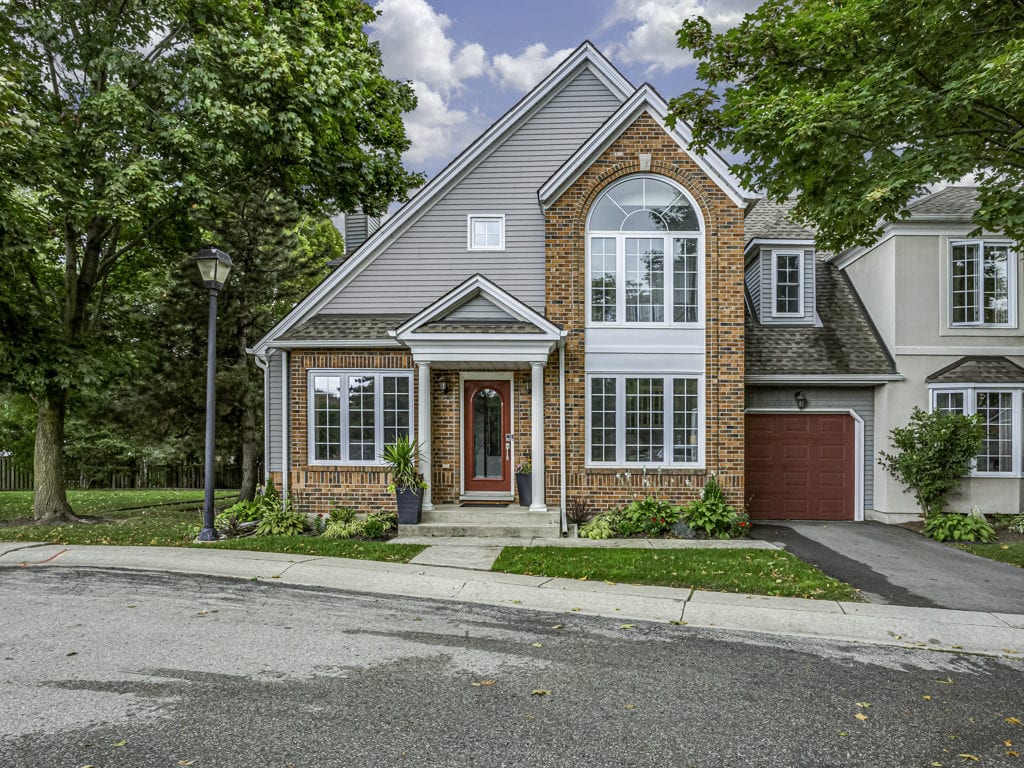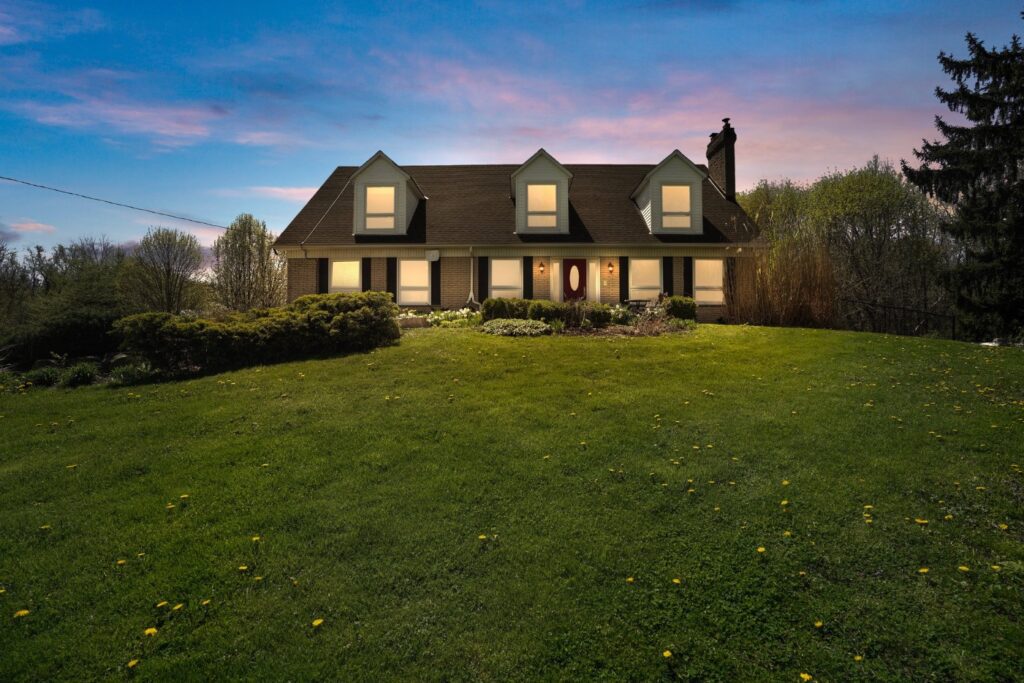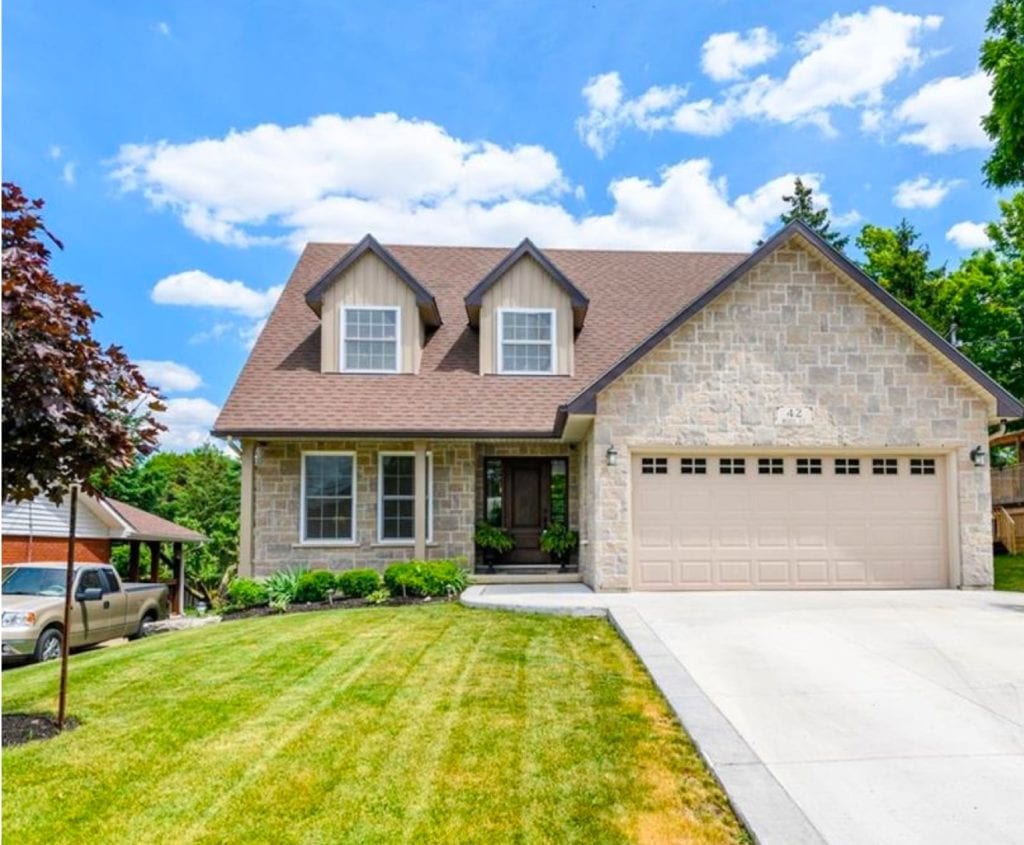
As our first full month in a province-wide state of emergency, April was the month to watch to more accurately understand how COVID-19 would impact the real estate market.
While some waited for dramatic price drops, we saw homes sell for close to their list price — and in many cases, well over it. Sellers did not rush to list their properties and buyers did not stop buying.
Overall, the supply and demand for Hamilton-Burlington real estate was fairly well-balanced throughout the month, although tilted in favour of sellers.
Here’s a closer look at April’s market activity:
Hamilton Market Activity
| Variable | 2020 | 2019 | Difference |
|---|---|---|---|
| Sales Activity | 337 | 816 | -59% |
| Dollar Volume | $188,571,415 | $432,289,128 | -56% |
| New Listings | 557 | 1,304 | -57% |
| Active Listings | 980 | 1,285 | -24% |
| Months of Inventory | 2.9 | 1.6 | 1.3 |
| Average Price | $559,559 | $529,766 | 6% |
| Median Price | $522,000 | $503,100 | 4% |
| Median Days on Market | 17.0 | 14.0 | 3.0 |
| Average Days on Market | 23.9 | 25.5 | -1.6 |
Burlington Market Activity
| Variable | 2020 | 2019 | Difference |
|---|---|---|---|
| Sales Activity | 105 | 369 | -72% |
| Dollar Volume | $85,054,823 | $274,449,141 | -69% |
| New Listings | 183 | 518 | -65% |
| Active Listings | 312 | 476 | -34% |
| Months of Inventory | 3.0 | 1.3 | 1.7 |
| Average Price | $810,046 | $743,765 | 9% |
| Median Price | $750,000 | $690,000 | 9% |
| Median Days on Market | 17.0 | 14.0 | 3.0 |
| Average Days on Market | 20.8 | 24.6 | -3.9 |
Sales Activity
The biggest drop we saw in April was in sales activity. In Hamilton, sales fell 59% year-over-year while Burlington saw a 72% decrease in action.
This drop in sales was expected given the government-issued state of emergency and orders to stay home.
The good news is that sales have already begun to pick up in May and will continue to do so as these measures are slowly removed.
New Listings
New listings are down year-over-year in both cities, falling 57% in Hamilton and 65% in Burlington. While there aren’t as many listings hitting the market as there would be in a typical spring market, the market is still quite robust and we are continuing to sell properties.
Active Listings
As expected, the number of active listings has fallen as we experience the full impact of being in a state of emergency. Hamilton’s active listings fell 24% year-over-year while Burlington saw a decrease of 34%.
Months of Inventory
Hamilton currently has 2.9 months of inventory and Burlington is sitting at 3.0 months, landing us in a more balanced market.
Average Days on Market
In April, homes in Hamilton spent an average of 23.9 days on the market, down 1.6% from 2019. In Burlington, the average has fallen 3.9% year-over-year to 20.8 days.
Average Prices
In Hamilton, the average price for a home increased 6% year-over-year to $559,559, and prices in the neighbouring communities have remained relatively stable.
In Burlington, home prices are up 9% year-over-year to $810,046.
People have asked if prices would fall in April and what I think will happen over the course of the year. My honest answer is that we can expect prices to go up year-over-year by December 31st — everything we see points to continued growth in the market.
Just take a look at our area’s sales history chart here.
Over the last half-century, there are about 2 – 3 blips on the entire chart. The worst being between 1989 and 1996. Prices went down approximately 15% over 7 years.
Would you really ‘know’ the exact moment to purchase if this was 1994 right now? Would you have been willing to wait almost a decade to buy a house?
We’ve witnessed years where the market went up 15% in a single year. Does it make sense to wait years or decades in hopes of that moment where you can perfectly time the market to save a bit right before it continues rising? I don’t think so.
If you’re a buyer, betting against an asset class that continually rises over time isn’t a great strategy. My suggestion is to look at the real estate market over the mid- to long-term.
A Look at What’s to Come
Buyers: I suggest that you get into the market as soon as you can. This isn’t the stock market — timing the market hasn’t worked out for anyone I know, especially when it’s going up about 95% of the time.
Interest rates will remain at historical lows for years at this point. This will only cushion the market and continue to add fuel to the fire.
Governments have allocated trillions of dollars to backstop the world economy, and since housing makes up almost 25% of Canada’s economy, the last thing they want to see is a market that’s going south.
You saw what happened after the great recession in 2008: Home values continued to go up and the pace only increased due to government stimulus/intervention along with ultra-low interest rates. It’s easy to see the same thing happening here — potentially in an even bigger way.
This isn’t the late 1980s early ‘90s; the entire world is different. The fundamentals and drivers of the market are in a totally different place today.
Our Market Strength
The fundamentals of our market remain very strong when you account for:
- 500,000 immigrants a year landing in Canada
- 800,000+ temporary visas/foreign students being issued every 12 months
- Migration from other provinces to Ontario as people seek employment and education
- Investors that buy multiple properties
- Natural population growth through birth
On average, we only build about 200,000 new homes a year in Canada and the greenbelt has us landlocked. We can’t build enough homes for all of these people, so the demand for housing will continue.
In our current market, you need all the expert advice you can get. If you have a question about buying or selling your home, call us at 1-844-484-SOLD or email us here.



